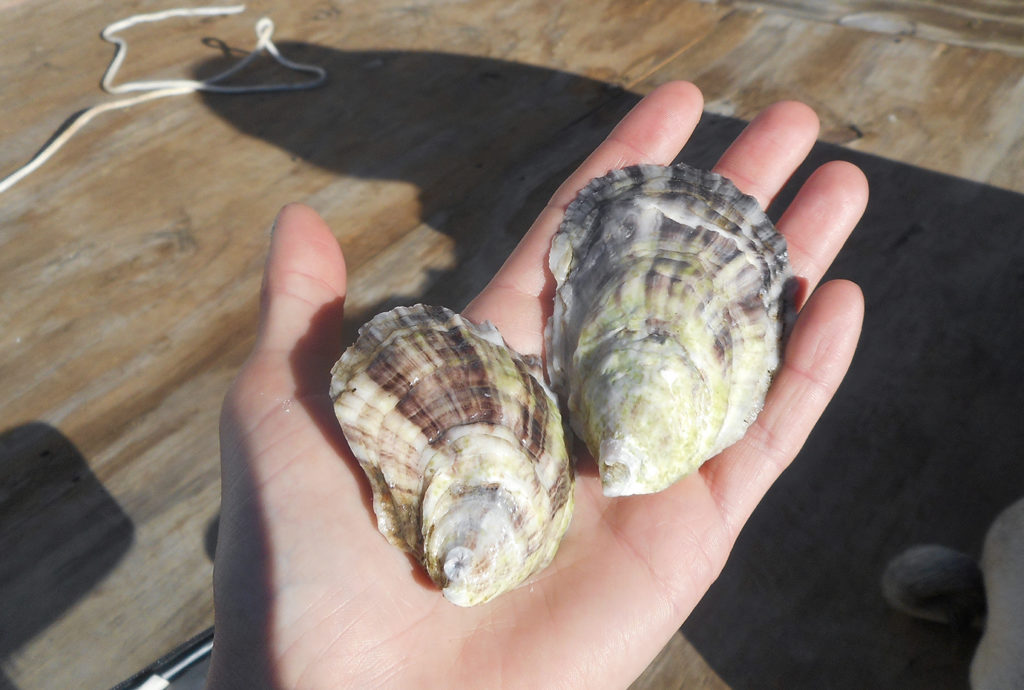When we launched our Aquaculture Business Development (ABD) program last winter, we were aiming to work with fishermen and people from fishing communities to help them build aquaculture businesses and diversify community economies beyond lobster. While we knew that seaweed and aquaculture could be a feasible economic diversification strategy for fishermen, were skeptical that we would have many applicants given the newness of this strategy. As a result, we budgeted for five participants and hoped that these entrepreneurs would act as a proof of concept that shellfish and seaweed aquaculture could provide supplemental income for fishermen. We wanted to highlight aquaculture as a way to help absorb the shock of the volatile price variability in the lobster industry.
Boy, were we wrong about the level of interest. Instead of five, we received over 30 applications from fishing communities throughout the coast and accepted 22 incredibly compelling participants to join our first ever ABD cohort.
For the next few months, our team of four from the Marine and Economic Development programs at the Institute worked with our incredible non-profit and industry partners to provide our ABD participants with the necessary information and business support to help get their farms started. We worked with participants on their business plans, we introduced them to buyers and other growers, we helped them with the site applications, and we made ourselves available for any questions that they had about getting started. Our approach was to keep the learning largely out of the classroom and focus on helping participants to start successful and responsible marine farms.
Many of those ABD participants have already started their farms and we project that the economic impact of this work will have an $8.5 million effect on Maine’s coast over the next five years.
With a little of our help, and a lot of their own initiative and creativity, these aquaculturists are proof that marine industries can thrive alongside one another and that income diversification into other marine income streams is possible.
In September, we decided to visit a few of the participants from the Casco Bay and were blown away at the incredible progress made by these new aquaculturists. It was amazing to visit with people who, less than a year ago, were only just considering starting an aquaculture venture. Now, they had their gear in the water and their “babies” were growing – some at an amazing pace. With a little of our help, and a lot of their own initiative and creativity, these aquaculturists are proof that marine industries can thrive alongside one another and that income diversification into other marine income streams is possible.
We are looking forward to seeing how these new aquaculturists move forward with their projects and hope to continue to support their growing businesses. In the spring, we are going to be accepting applications for the second ABD cohort. We can’t wait to point to our first round of participants as resources in the industry.
Questions? Contact Nick Battista, James Crimp, Stephenie MacLagan, or Bri Warner


